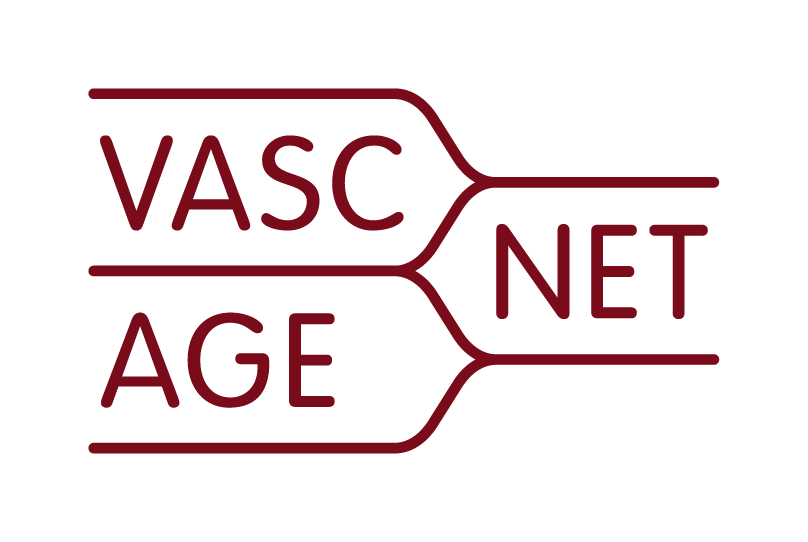
The objectives of WG1 are (1) to ensure the interdisciplinary collaboration within the network to enhance and exchange knowledge and expertise (R4); (2) to enlarge the network during the course of the COST Action and to build collaborations with external experts (P6); (3) to proactively involve ECIs, ITCs, under-represented gender, etc. (P5); (4) to create a multidisciplinary and translational approach for the achievement of important breakthroughs especially by linking research and industry (R5) and finally; (5) to explore and promote subsequent funding possibilities based on the COST Action’s content (P2).
The activities of WG2 are mainly aimed at refining the understanding of the underlying mechanisms of vascular ageing (R2) and the mathematical models used for their assessment (H2), thus advancing their clinical relevance. It will focus on the provision of new evidence concerning the pathophysiological mechanisms leading to the development of (early) vascular ageing (R3), thus enabling the translation of basic and pre-clinical research from bench to bedside (H7, H9).
The activities of WG3 are mainly aimed at performing technological breakthroughs in standardizing, refining and harmonising (R1, H1) of existing and new technological approaches for the assessment of vascular ageing. An important aspect will be the validation and head-to-head comparison of new techniques and devices (H6).
The activities of WG4 are mainly aimed at creating a big data registry for harmonising available data and studies for enabling multicentre research initiatives (H3). The work will also be aimed at identifying new risk factors for vascular ageing by means of big data approaches (H4) and at promoting interventional studies using the networking and data power obtained creating the big data registry (H5).
- Dissemination of results addressing various stakeholders, e.g., scientists, doctors, nurses, patients, patient associations, representatives from health care systems, guideline committees (P4).
- Education for clinicians, especially focusing on ECIs, ITCs and women (P3, P5).
For more details on the Working Groups, see Memorandum of Understanding.


